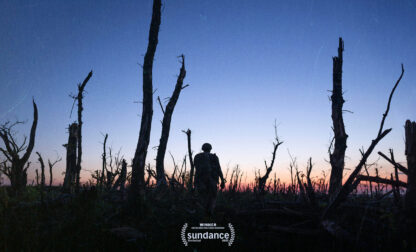When commercial nuclear power plants were being built in the United States, mostly in the 1960s and 1970s, the industry and government experts said they were designed to last 40 years. Now those plants are older than their original life span, many are being relicensed for another 20 years, and there’s talk of operating them for as long as 100 years. All that even though the nation’s nuclear power reactors are already showing signs of their age, as AP national writer Jeff Donn revealed in an extraordinary four-part series.
When commercial nuclear power plants were being built in the United States, mostly in the 1960s and 1970s, the industry and government experts said they were designed to last 40 years. Now those plants are older than their original life span, many are being relicensed for another 20 years, and there’s talk of operating them for as long as 100 years. All that even though the nation’s nuclear power reactors are already showing signs of their age, as AP national writer Jeff Donn revealed in an extraordinary four-part series.
Pipes are rusting — and leaking. Critical valves are leaking — and failing. Vessel walls are growing brittle. And all the while, the number of people living around the 65 plant sites has been growing – in many cases, far more than ever envisioned.
Donn’s reporting showed that regulators had allowed plants to stay open by relaxing standards. His research also revealed an uncomfortable coziness between the Nuclear Regulatory Commission’s regulators and the nuclear power industry.
The series had a profound impact. The stories ran on more than 85 front pages, played prominently on leading websites, and generated thousands of social networking shares and tweets. It also set off a raft of newspaper editorials and a few government investigations. The series also drew praise from many of the scientists and engineers who understand the issues best.
You can read the entire series here:
Part I | Part II | Part III | Part IV | Interactive



